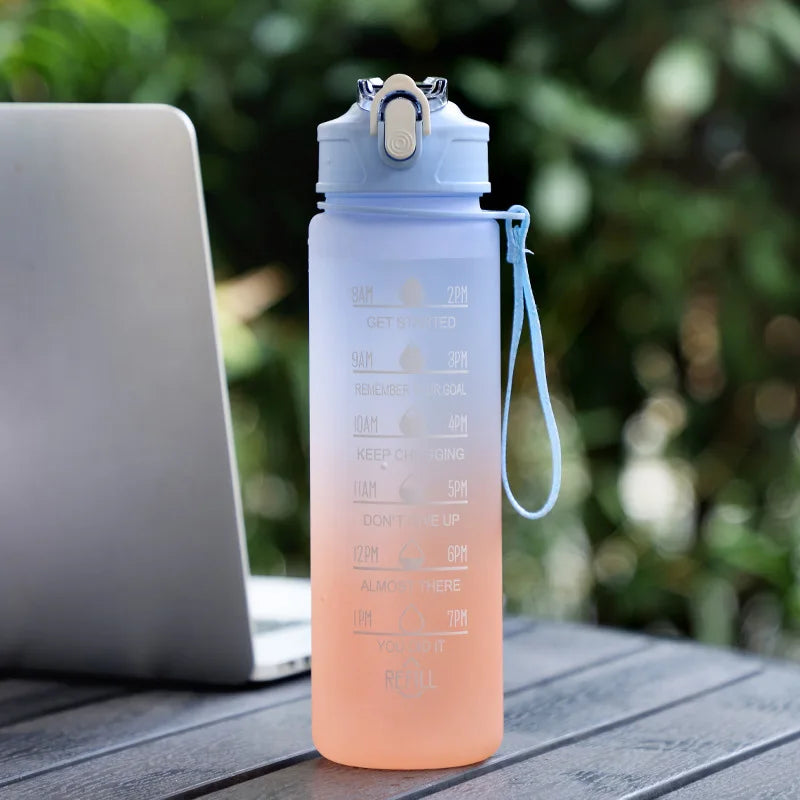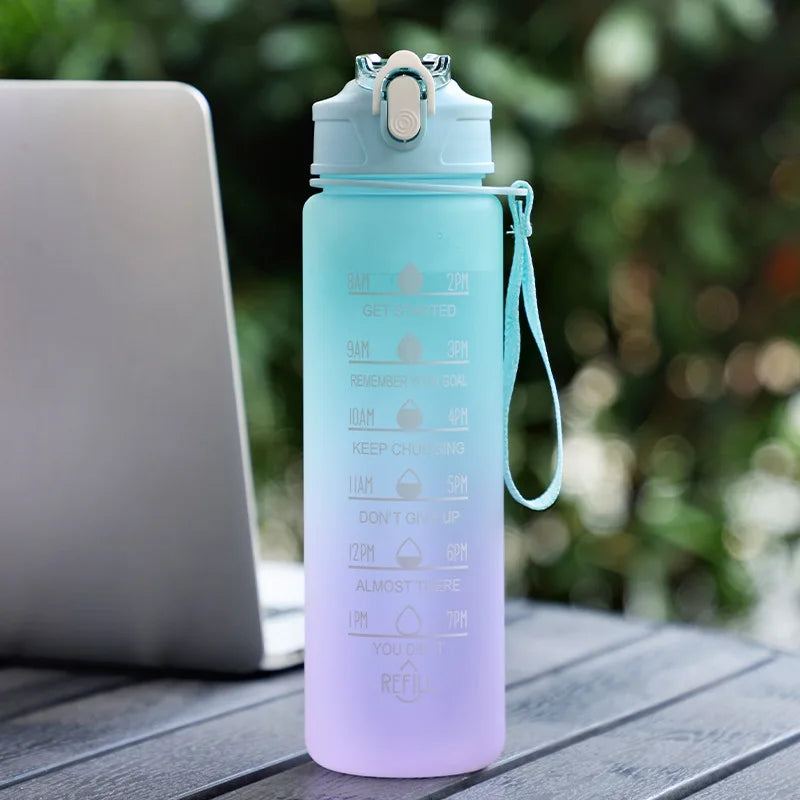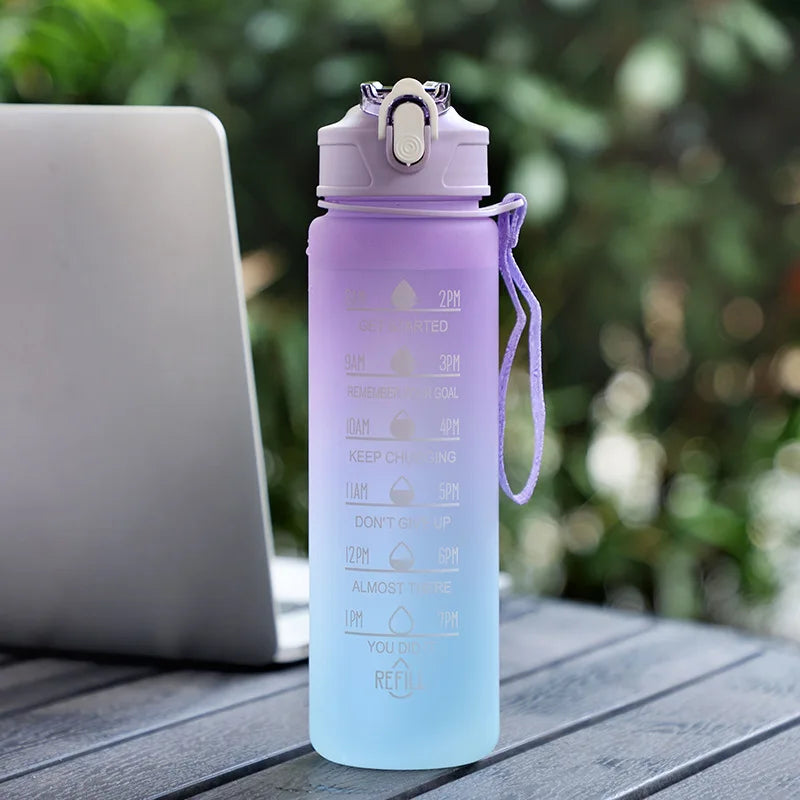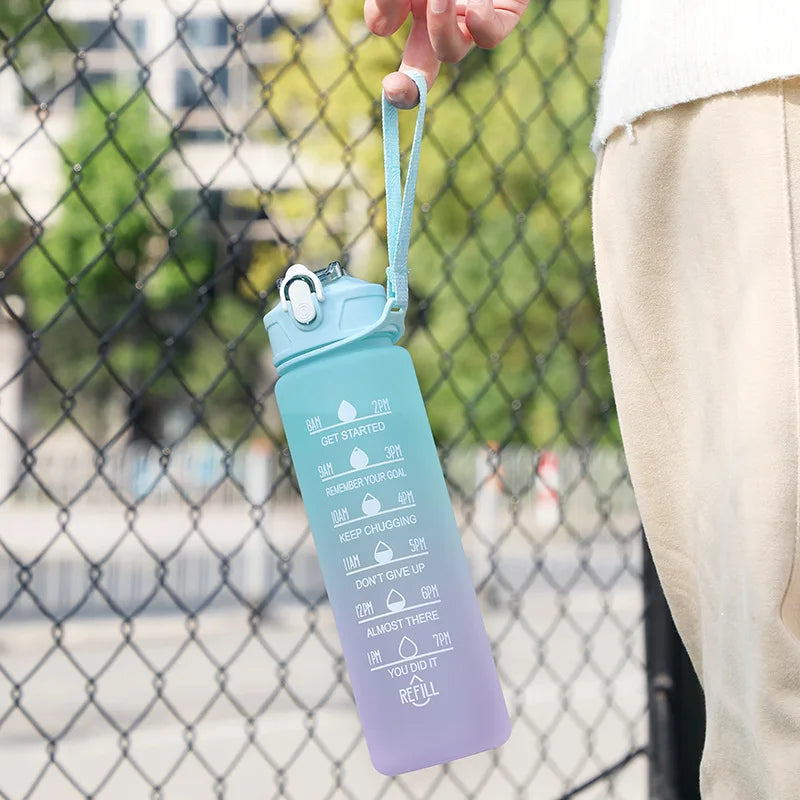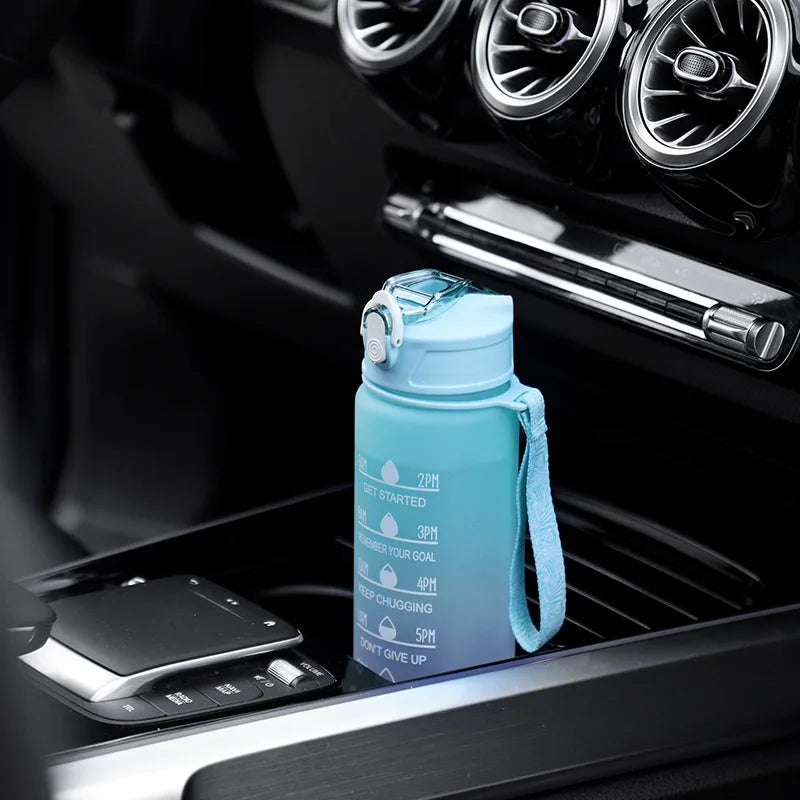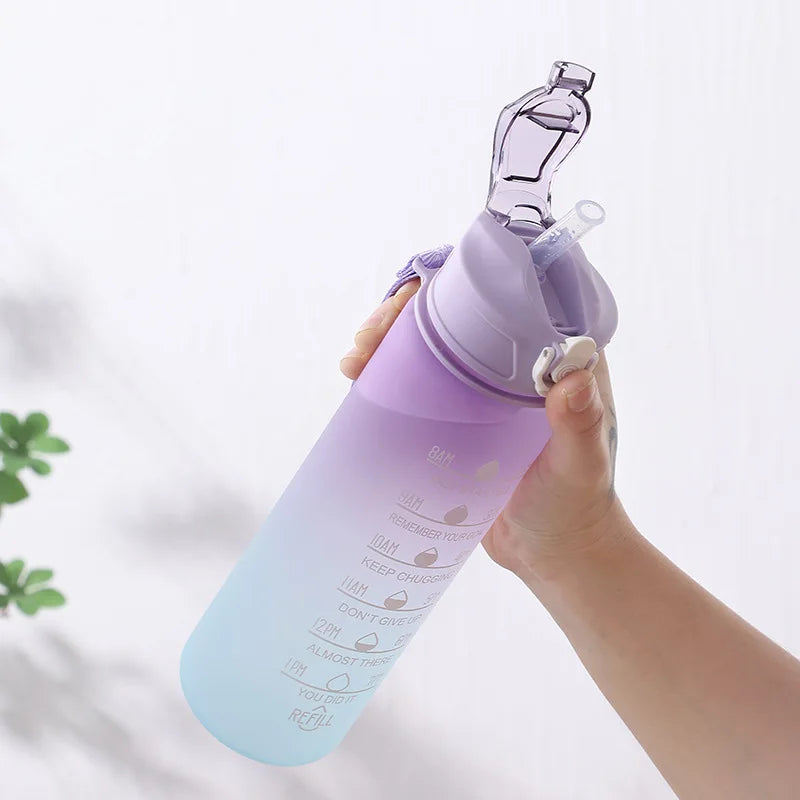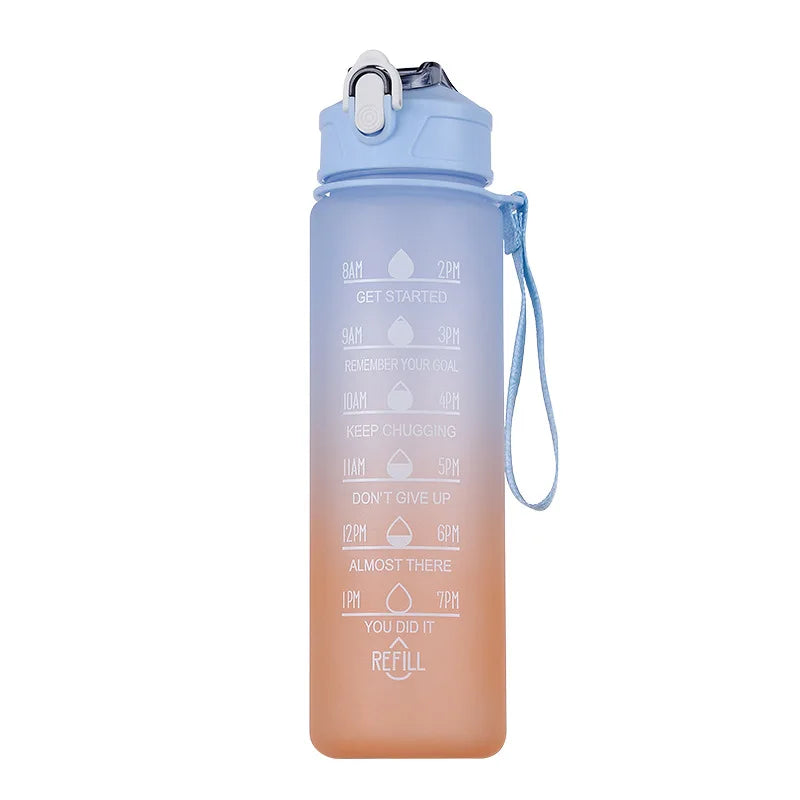

How to Avoid Seroma After Tummy Tuck?

A tummy tuck (abdominoplasty) is one of the most rewarding body contouring procedures - it tightens loose skin, removes excess fat, and helps restore confidence after weight loss or pregnancy. However, one of the most common post-surgery complications people worry about is seroma after a tummy tuck.
If you’ve been researching what causes seromas, how to prevent them, this guide breaks it all down in simple terms. Let’s explore:
What Is a Seroma After a Tummy Tuck?
A seroma is a pocket of clear, yellowish fluid (serum) that can accumulate under your skin after surgery (1). It usually forms in the space between the skin and the underlying tissue after the surgeon removes excess fat and skin.
During a tummy tuck, significant tissue manipulation happens - skin is lifted, fat is removed, and the abdominal muscles are tightened. This can leave empty “dead spaces,” where fluid may pool while your body heals.
Small seromas are fairly common and often reabsorb on their own. But large seromas may cause visible swelling, discomfort, or even increase your risk of infection or delayed wound healing if not treated.

Why Does Seroma Happen After a Tummy Tuck?
Understanding why seromas form helps you take steps to prevent them. Here are the most common causes of seroma swelling after a tummy tuck:
1. Tissue Trauma: Surgery disrupts lymphatic vessels that normally drain fluid. Until these pathways heal, fluid can accumulate.
2. Excessive Movement: Too much physical activity or strain soon after surgery can increase fluid buildup.
3. Insufficient Compression: Not wearing your post-op compression garment properly allows fluid to collect under the skin.
4. No Drains or Early Drain Removal: Some surgeons use drains to prevent fluid buildup. If removed too early, seromas may form.
5. Poor Healing or Infection: Any inflammation in the healing area can increase fluid production.
Common Signs of Seroma After Tummy Tuck
-
Swelling or puffiness near the incision or lower abdomen that wasn’t there before
-
Fluid movement or “sloshing” sensation under the skin
-
Tenderness or mild pain at the site
-
Clear or slightly yellow drainage from the wound or drains
- Soft bulge or lump that changes shape when pressed
If you notice these symptoms, always inform your plastic surgeon. Seromas are usually not dangerous if addressed early, but ignoring them can lead to infection or delayed healing.
Check out: Nutritional Strategies to Optimize Tummy Tuck Recovery
How to Get Rid of Seroma After Tummy Tuck
If a seroma does develop, don’t panic; it’s manageable. Here’s what your surgeon might recommend:
1. Aspiration (Needle Drainage)
If a seroma develops after your tummy tuck, your surgeon may recommend aspiration. This is a simple procedure where a sterile needle is used to draw out the accumulated fluid from under your skin. The process helps flatten the bulge and relieve pressure or discomfort.
Sometimes, seromas can return, so your doctor might schedule a few follow-up visits to repeat the drainage until fluid buildup stops completely.
2. Drain Placement
For persistent or recurrent seromas, your surgeon may decide to insert a small surgical drain. This soft tube allows continuous removal of excess fluid, reducing the risk of reaccumulation. The drain usually stays in place for several days to weeks, depending on your recovery progress.
Follow all drain-care instructions. This proactive step not only prevents swelling but also speeds up healing by allowing tissues to reattach properly.
Get insights on: How to Care for Drains After Surgery?
3. Compression Garments
Wearing a post-surgical compression garment is one of the easiest yet most effective ways to prevent and manage seroma after a tummy tuck. These garments apply gentle, even pressure that helps eliminate “dead space” where fluid tends to collect.
Make sure your binder fits snugly but not too tightly - excessive compression can restrict blood flow and slow recovery. Your surgeon will guide you on how long to wear it daily, typically for several weeks after surgery.
4. Rest and Controlled Activity
Rest is vital during the first few weeks after a tummy tuck surgery. Overexertion or heavy lifting can strain your abdominal muscles and disrupt the delicate healing tissues, leading to fluid accumulation and seroma formation. Your surgeon may encourage light walking a few times a day to promote healthy blood flow and prevent blood clots.
5. Anti-Inflammatory Care
Inflammation is a natural part of healing, but excessive swelling can increase the risk of seroma. Your surgeon may recommend anti-inflammatory medications or recovery supplements to help control this process.
These supplements provide essential nutrients that support your body’s healing response, reduce inflammation, and promote tissue repair.
Note: At HealFast, we’ve carefully formulated our Surgery Recovery Supplements to provide your body with the essential building blocks it needs for effective healing. Our formula includes key amino acids, antioxidants, and vitamins that work together to reduce inflammation, support collagen formation, and speed up tissue repair.
We designed the supplement specifically for patients preparing for or recovering from surgery to help minimize post-op swelling, strengthen the immune response, and promote faster, smoother recovery.
Learn How Inflammation Impacts Scar Maturation?
6. Keep the Area Clean and Dry
Cleanliness plays a huge role in preventing post-surgical complications. Moisture or poor hygiene around the incision can lead to irritation or bacterial infection, which in turn triggers your body to produce more fluid, worsening seroma formation. Follow your surgeon’s cleaning instructions carefully.
Explore Best Practices for Hygiene and Care After a Tummy Tuck
7. Avoid Smoking and Alcohol
Nicotine and alcohol are two major enemies of post-op healing. They constrict blood vessels, slow oxygen delivery, and impair the lymphatic system’s ability to drain excess fluid - all of which can worsen swelling or lead to seroma formation. For best results, stop smoking at least a few weeks before surgery and avoid alcohol during your entire recovery period.
This helps your immune system function optimally and keeps your tissues oxygen-rich for smoother, faster healing.
8. Monitor Swelling Closely
Some swelling after a tummy tuck is completely normal, but persistent or uneven puffiness can indicate a seroma. Keep an eye on your abdomen, especially if one side feels softer, more fluid-filled, or looks unusually bulged. If you notice such changes, contact your surgeon promptly - early evaluation can prevent a small seroma from turning into a larger issue.
More Helpful Articles -
Tummy Tuck Coming Up? Prepare Your Body Now!
How Bromelain Helps Reduce Swelling and Soreness After Liposuction or Tummy Tuck?
What to Eat Before and After Surgery for Faster Recovery?
Does Post-Surgical Massage Help Remove Seroma After a Tummy Tuck?
Gentle lymphatic drainage massages, performed by a trained therapist, can promote fluid movement and prevent buildup (2). However, don’t attempt self-massage unless cleared by your surgeon. Doing it too soon or with too much pressure can worsen the swelling or reopen healing tissues.
Reference:
1. Wikipedia. (n.d.). Seroma. In Wikipedia. https://en.wikipedia.org/wiki/Seroma
2. Marxen, T., Shauly, O., Goel, P., Tsan, T., Faria, R., & Gould, D. J. (2023). The utility of lymphatic massage in cosmetic procedures. Aesthetic Surgery Journal Open Forum, 5, ojad023. https://pmc.ncbi.nlm.nih.gov/articles/PMC10045879/

- One of the most followed doctors online with 3.5+ million followers and 1 billion+ views in 2024 (Instagram, YouTube, TikTok, and Facebook)
- Board Certified Anesthesiologist and Clinical Assistant Professor who frequently teaches medical students, residents, and other physicians in medical school and hospital settings.
- Speaker and medical researcher having published 1 book, 3 book chapters, and over 57 scientific articles. Made over 100 presentations at national and international medical conferences on topics ranging from healthcare innovation, to nutrition, to patient safety.
- Serial entrepreneur having launched several healthcare companies with a track record of innovation within healthcare systems

Myro Figura, M.D.
- One of the most followed doctors online with 3.5+ million followers and 1 billion+ views in 2024 (Instagram, YouTube, TikTok, and Facebook)
- Board Certified Anesthesiologist and Clinical Assistant Professor who frequently teaches medical students, residents, and other physicians in medical school and hospital settings.
- Speaker and medical researcher having published 1 book, 3 book chapters, and over 57 scientific articles. Made over 100 presentations at national and international medical conferences on topics ranging from healthcare innovation, to nutrition, to patient safety.
- Serial entrepreneur having launched several healthcare companies with a track record of innovation within healthcare systems
HealFast Complete Surgery & Injury Formula (PreOp + PostOp)
OPTIMIZE RECOVERY & SUPPORT HEALING from surgery, injury, and extreme sports with the most comprehensive...
$99.99
Shop Now